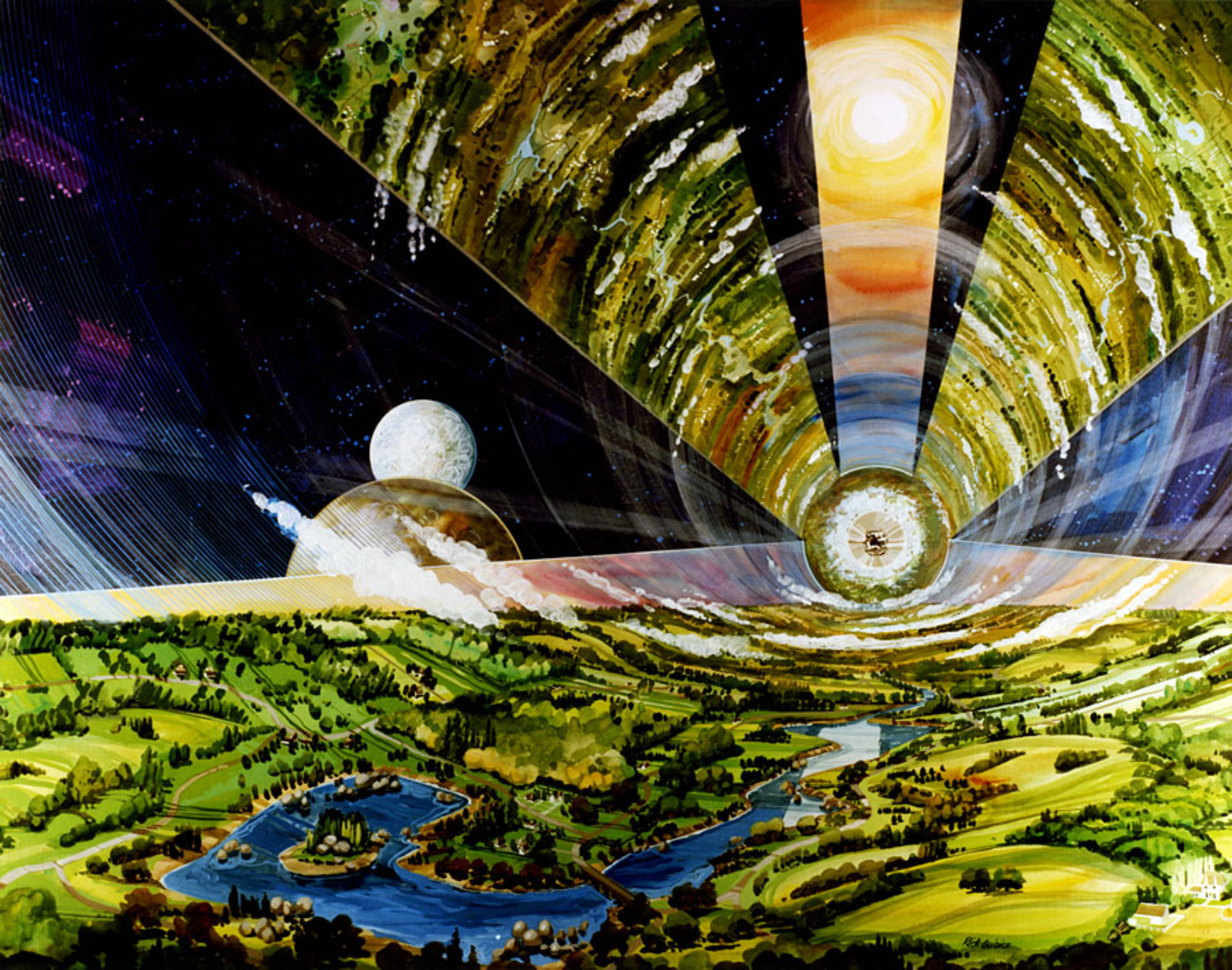
Scientists and engineers* at the University of Rochester have conceived of an innovative way to capture a Near Earth Asteroid (NEA) and construct a cylindrical space colony using it’s regolith as shielding. In a paper in Frontiers in Astronomy and Space Sciences they propose a spin gravity habitat called Bennu after the NEA of the same name. Readers will recall that NASA’s OSIRIS-REx spacecraft launched in September 2016, traveled to Bennu, collected a small sample in October 2018 and is currently in transit back to Earth where the sample return capsule will reenter the atmosphere and parachute down in Utah later this year.

It would be ideal if an asteroid could be hollowed out for radiation shielding and spun up to create artificial gravity. However, it is shown in this paper that this would not work for larger solid rock asteroids because they don’t have the tensile strength to withstand the rotational forces and smaller rubble pile asteroids (like Bennu) would fly apart because they are too loosely conglomerated.
The problem is solved by containing the asteroid in a carbon fiber collapsible scaffolding that initially has the same radius of the asteroid. As the container is spun up, the centrifugal force will cause the disintegrating rubble to push open the expandable cylinder to its final diameter.
“…a thick layer of regolith is created along the interior surface of this structure which forms a shielded interior volume that can be developed for human occupation.”
The mechanism to initiate the rotation of the structure is interesting. Solar arrays on the outer surface would power mass driver cannons which eject rubble tangentially exerting torque to produce spin.
Detailed engineering analysis and simulations are performed to calculate the stresses on a Bennu sized asteroid to create a cylindrical space colony 3 kilometers in diameter. This structure would have a shielded livable space of 56 square kilometers, an area roughly equivalent to Manhattan.
The authors conclude that the physics of harvesting small asteroids and converting them into rotating space settlements is feasible. They note that this approach would cost less and be easier from an engineering standpoint then fabrication of classic O’Neill cylinders. Concepts for asteroid capture and utilization have already been covered on SSP such as TransAstra’s Queen Bee and SHEPHERD.
The University of Rochester News Center provided a good write up of the paper last December.
* Authors of cited paper: Miklavčič PM, Siu J, Wright E, Debrecht A, Askari H, Quillen AC and Frank A – (2022) Habitat Bennu: Design Concepts for Spinning Habitats Constructed From Rubble Pile NearEarth Asteroids. Front. Astron. Space Sci. 8:645363. doi: 0.3389/fspas.2021.645363

